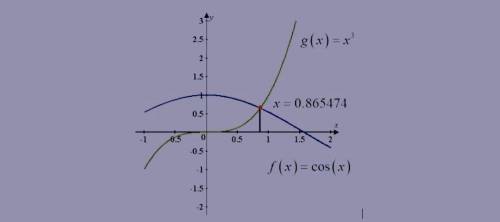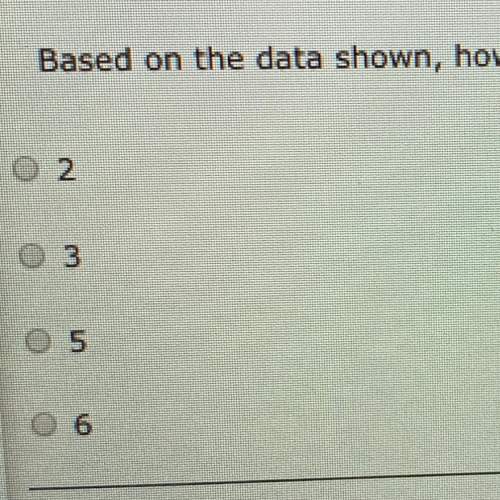
Mathematics, 11.02.2020 19:49, MaxHunter8377
Consider the following equation. cos x = x3 (a) Prove that the equation has at least one real root. f(x) = cos x − x3 is continuous on the interval [0, 1], f(0) = 0, and f(1) = cos 1 − 1 ≈ −0.46 0. Since 0 −0.46, there is a number c in (0, 1) such that f(c) = 0 by the Intermediate Value Theorem. Thus, there is a root of the equation cos x − x3 = , or cos x = x3, in the interval (0, 1). (b) Use your calculator to find an interval of length 0.01 that contains a root.

Answers: 2
Other questions on the subject: Mathematics

Mathematics, 21.06.2019 17:00, Taylor129
Imogene invested $8,000 in a bank account that pays 8 percent simple interest at the end of each year. her friend invested the same amount in stocks where the growth of the investment is represented as 2,000 times the square root of 2 less than the time lapsed in years. if y1 and y2 represent the amount earned in dollars and t is the time lapsed in years, which system of equations correctly represents the situation?
Answers: 1



Mathematics, 21.06.2019 22:30, cordobamariana07
The difference of three and the reciprocal of a number is equal to the quotient of 20 and the number. find the number.
Answers: 2
Do you know the correct answer?
Consider the following equation. cos x = x3 (a) Prove that the equation has at least one real root....
Questions in other subjects:

Mathematics, 12.01.2020 01:31

Biology, 12.01.2020 01:31

History, 12.01.2020 01:31

Mathematics, 12.01.2020 01:31





Mathematics, 12.01.2020 01:31








